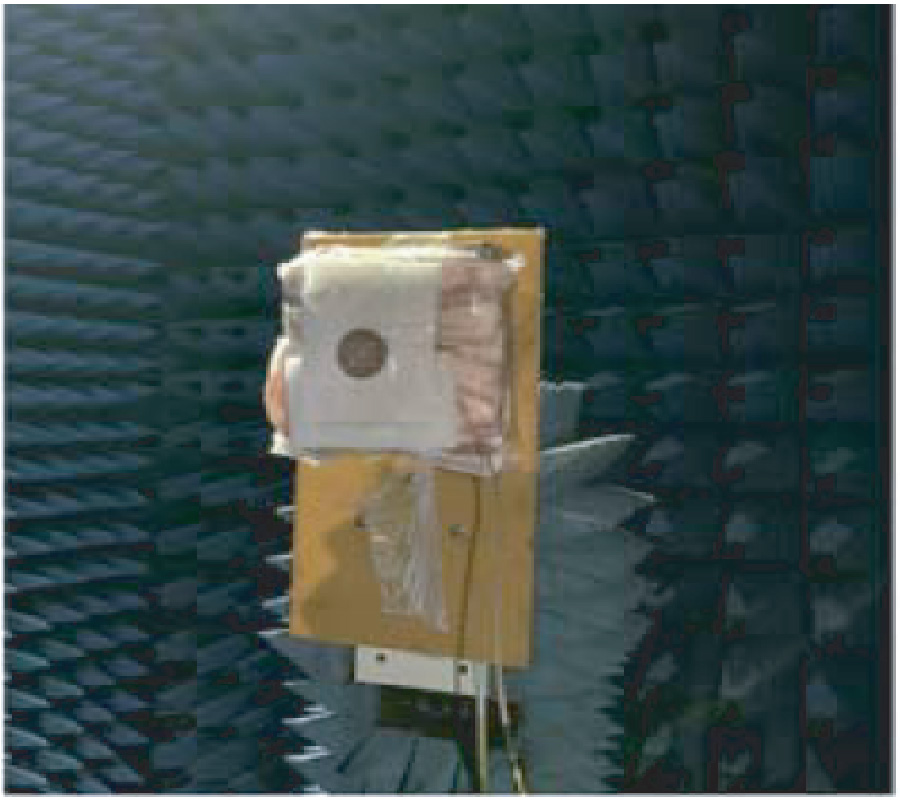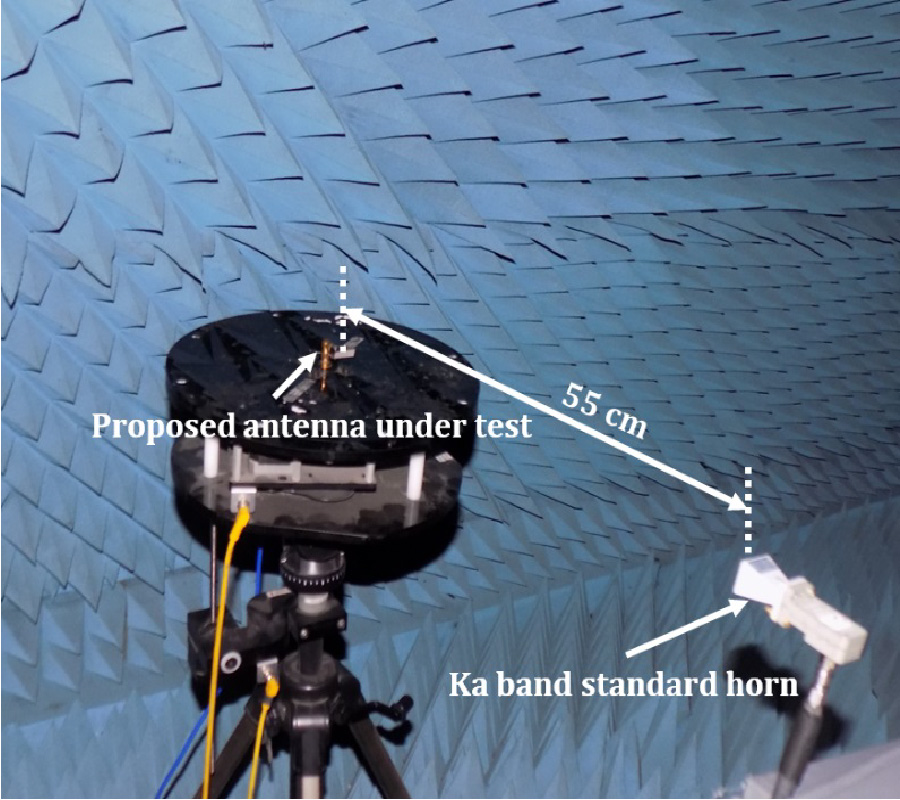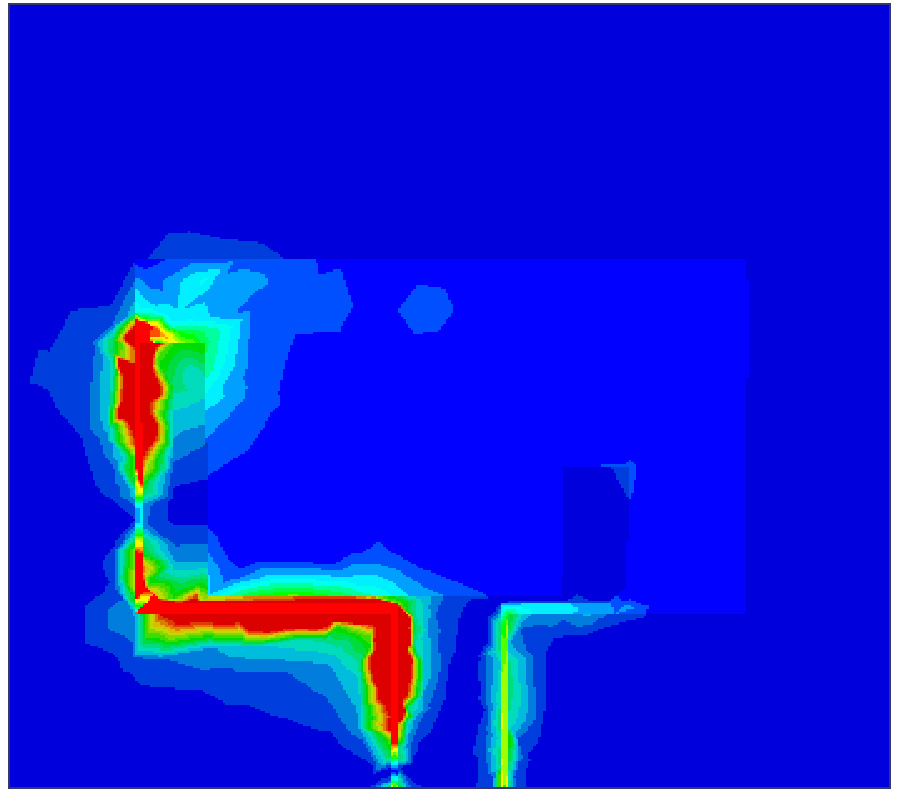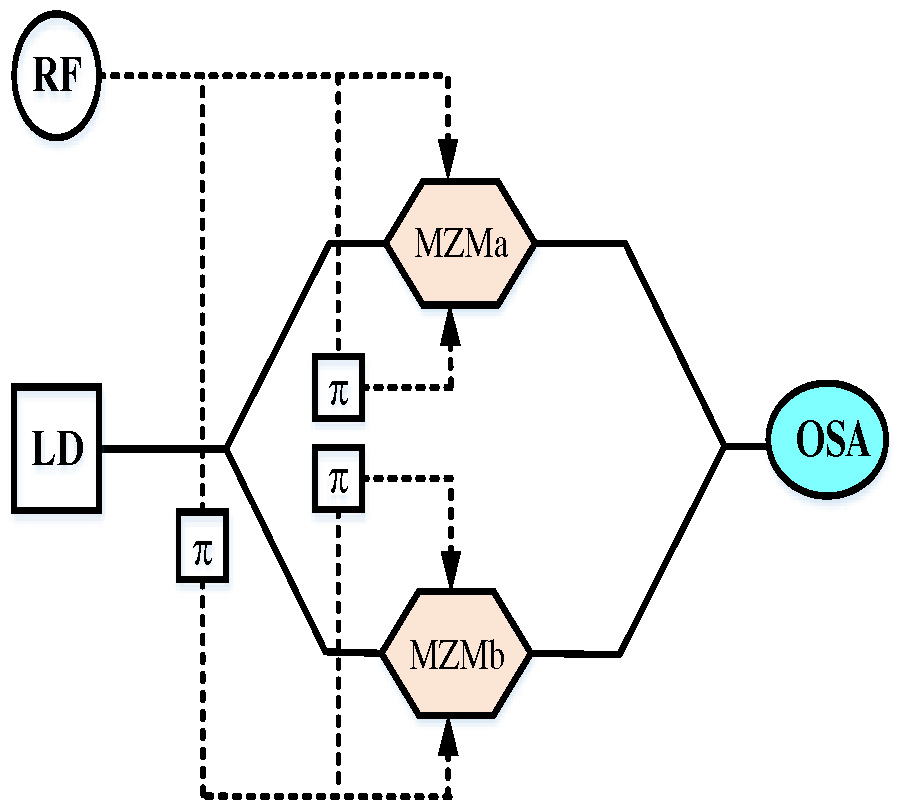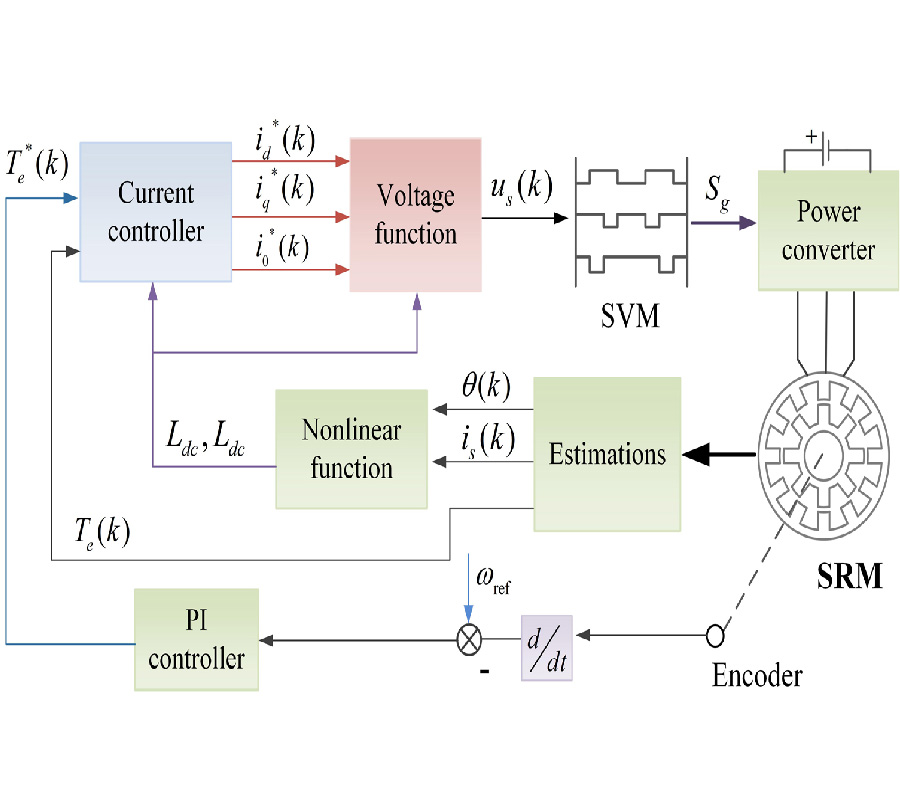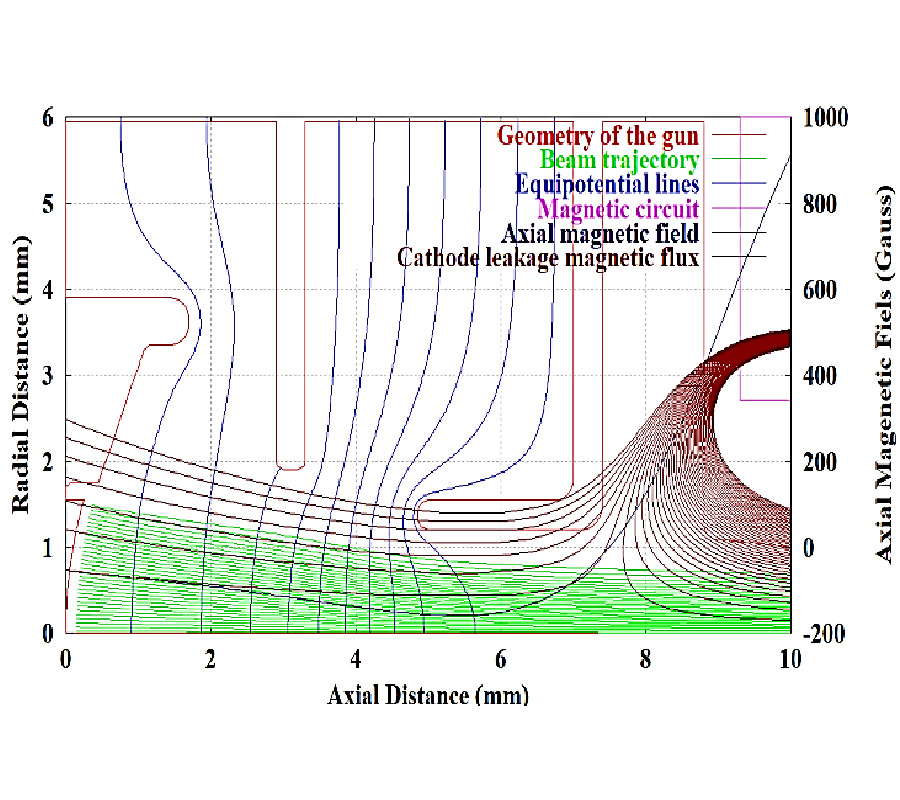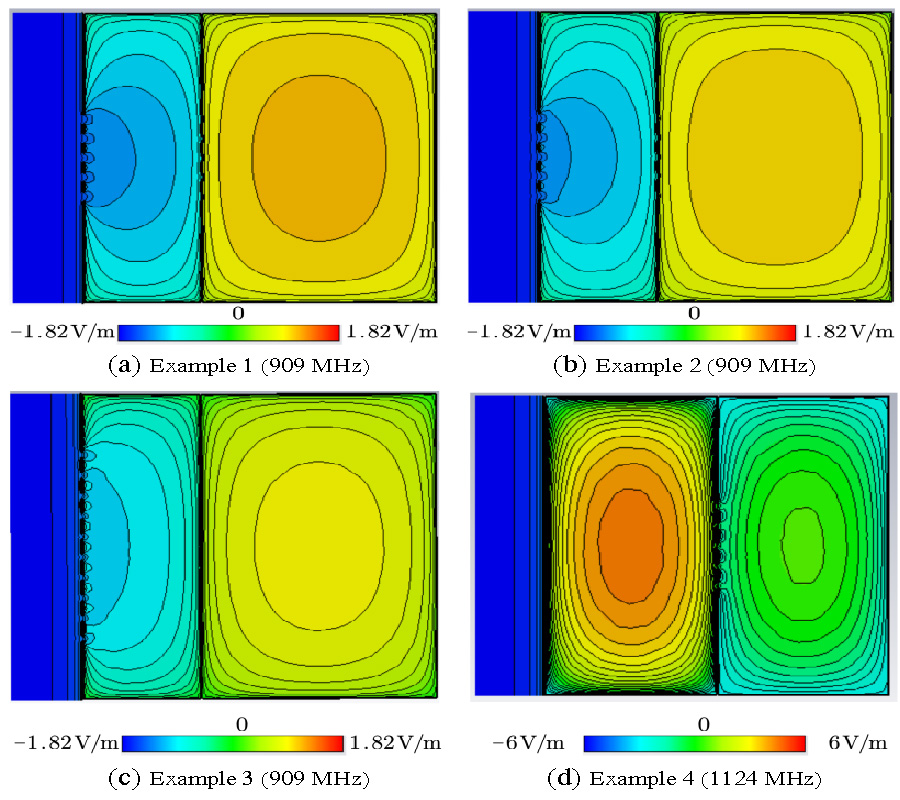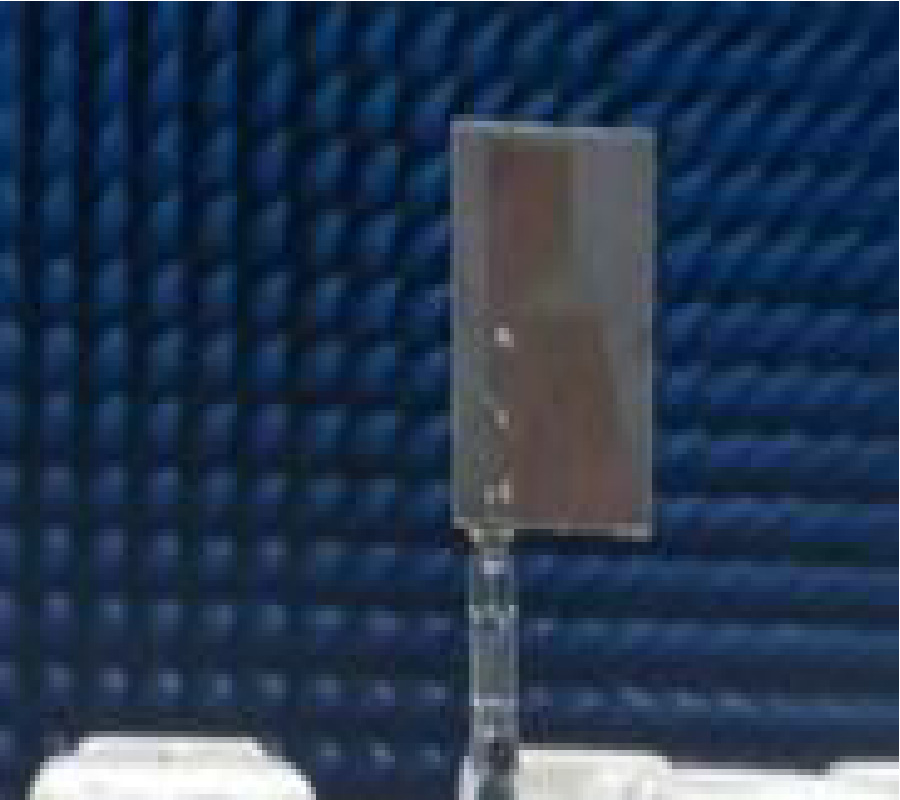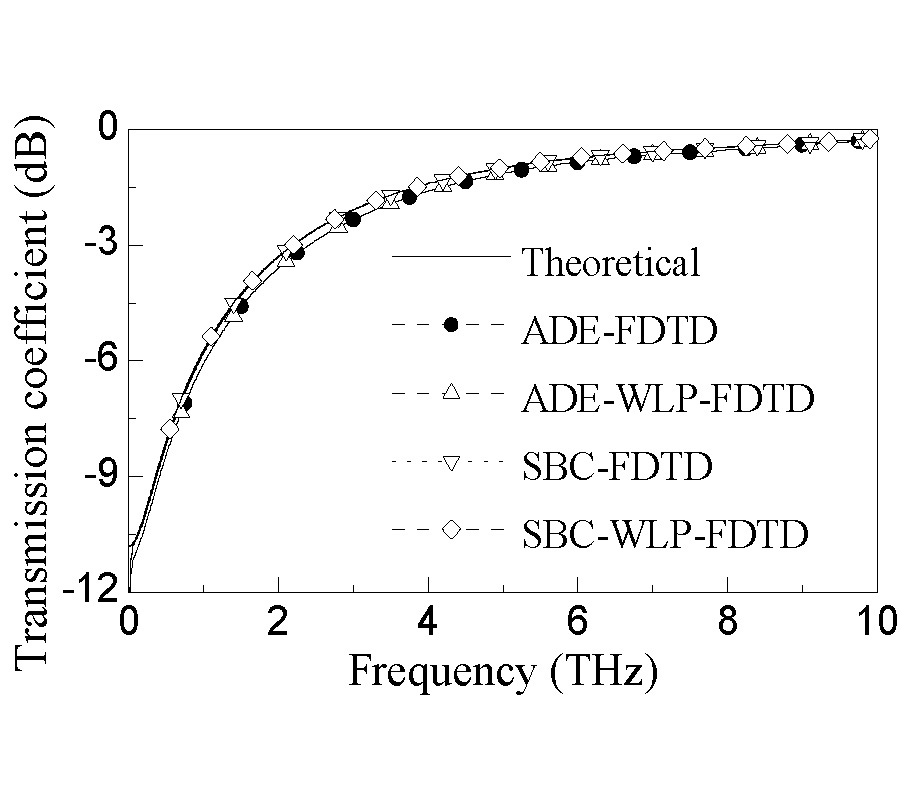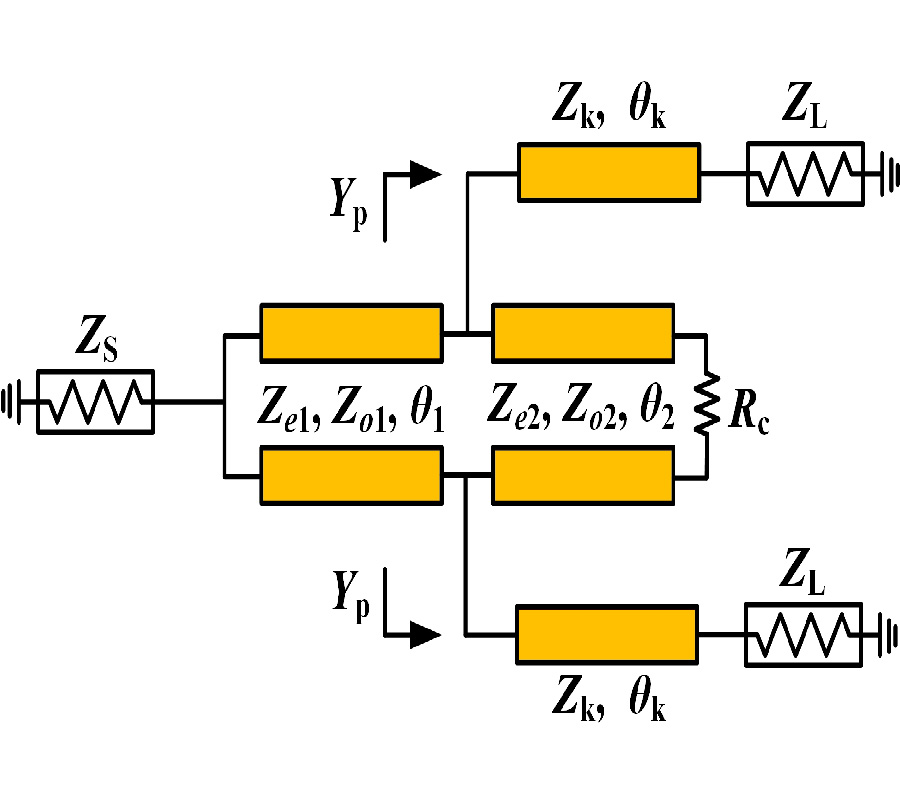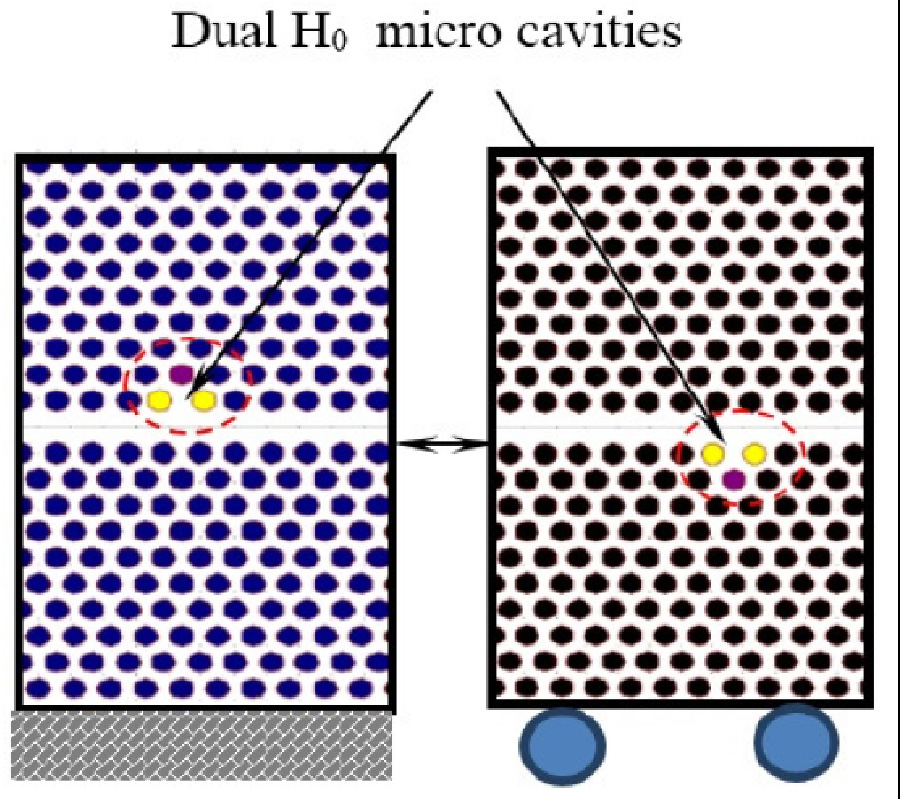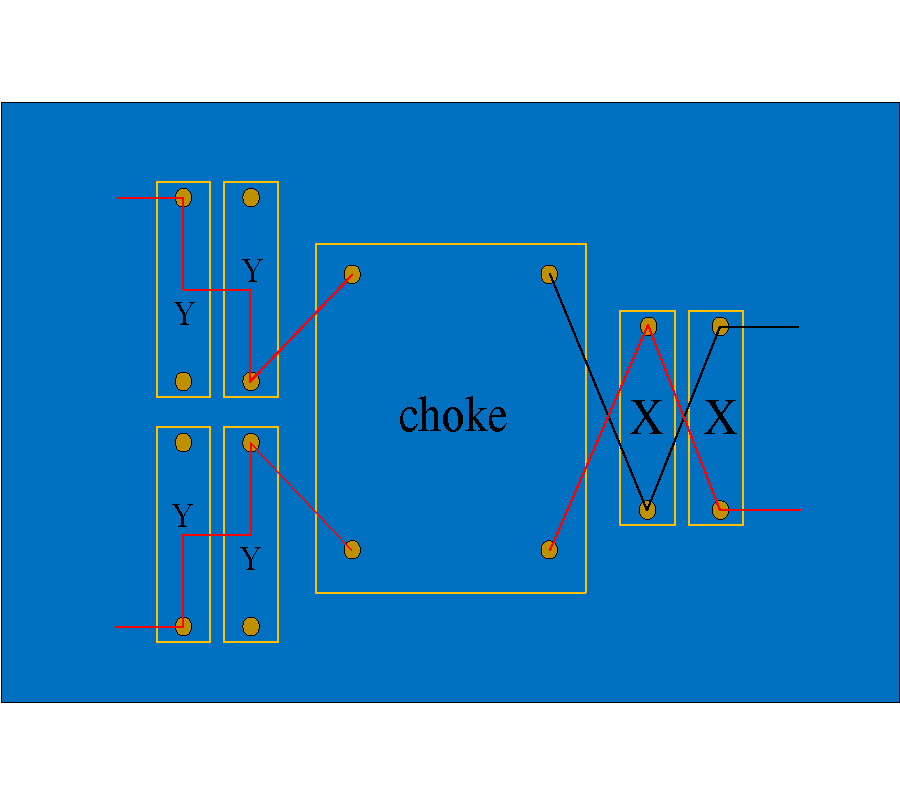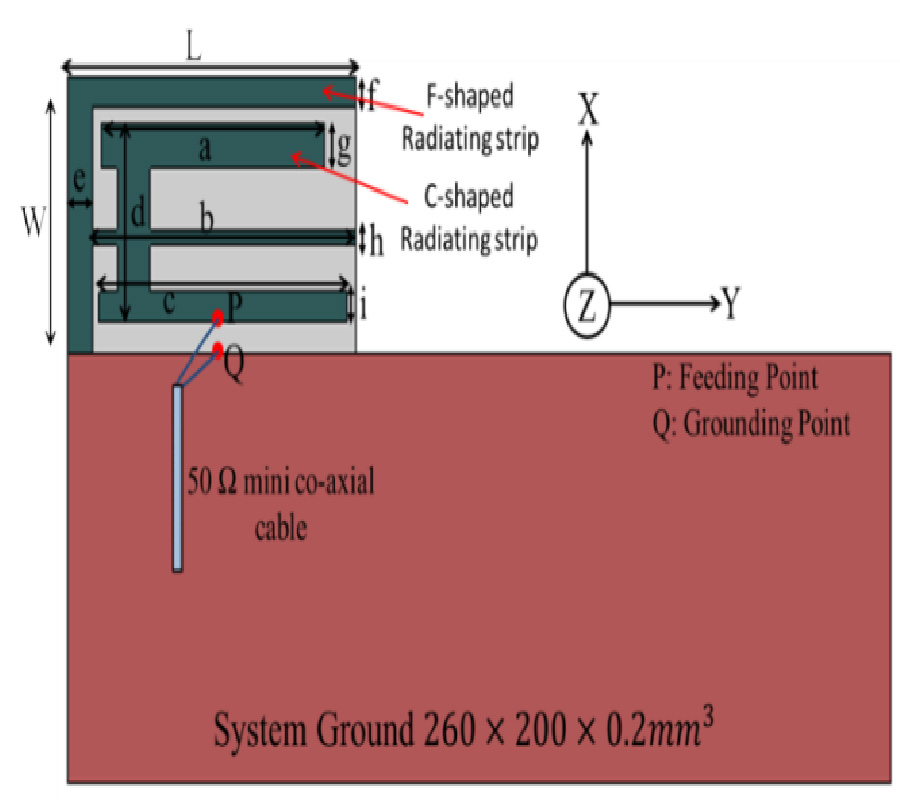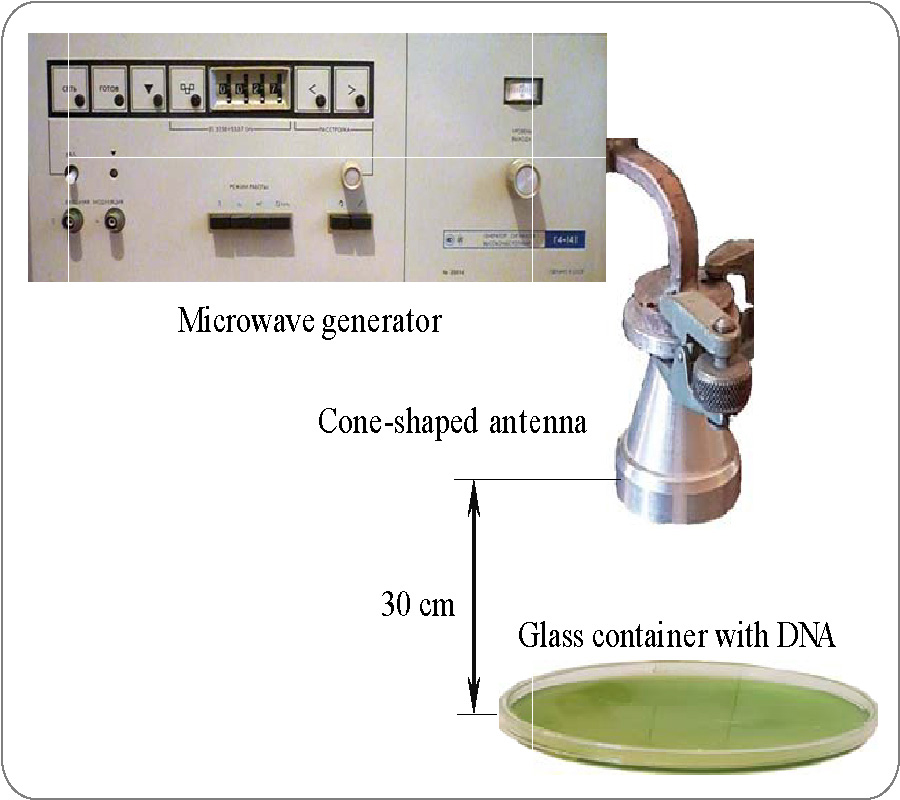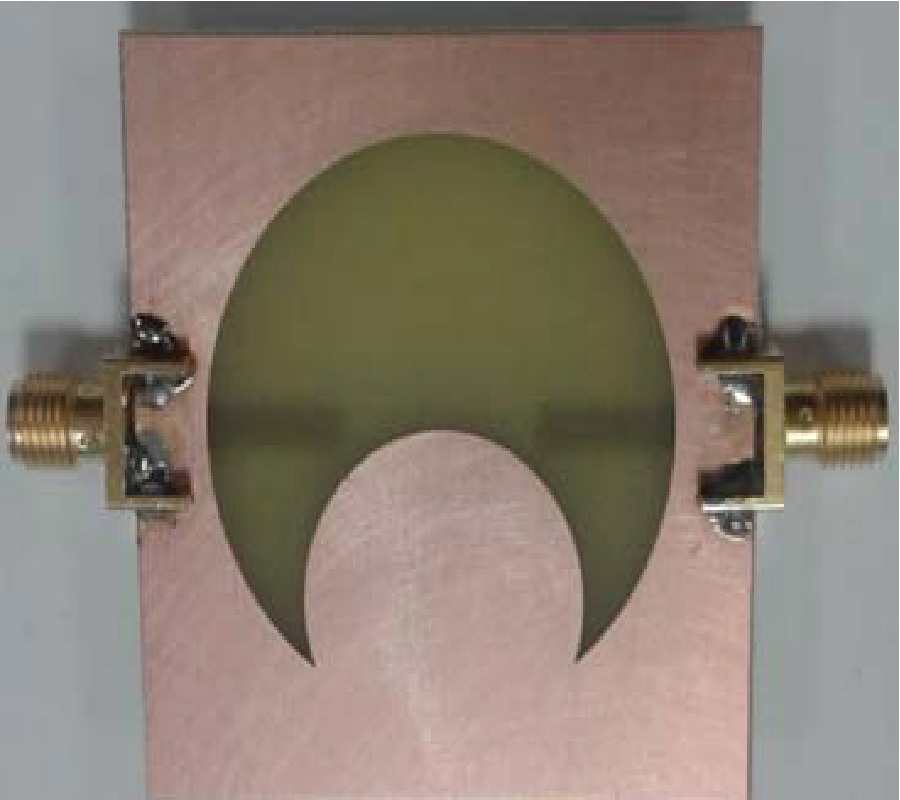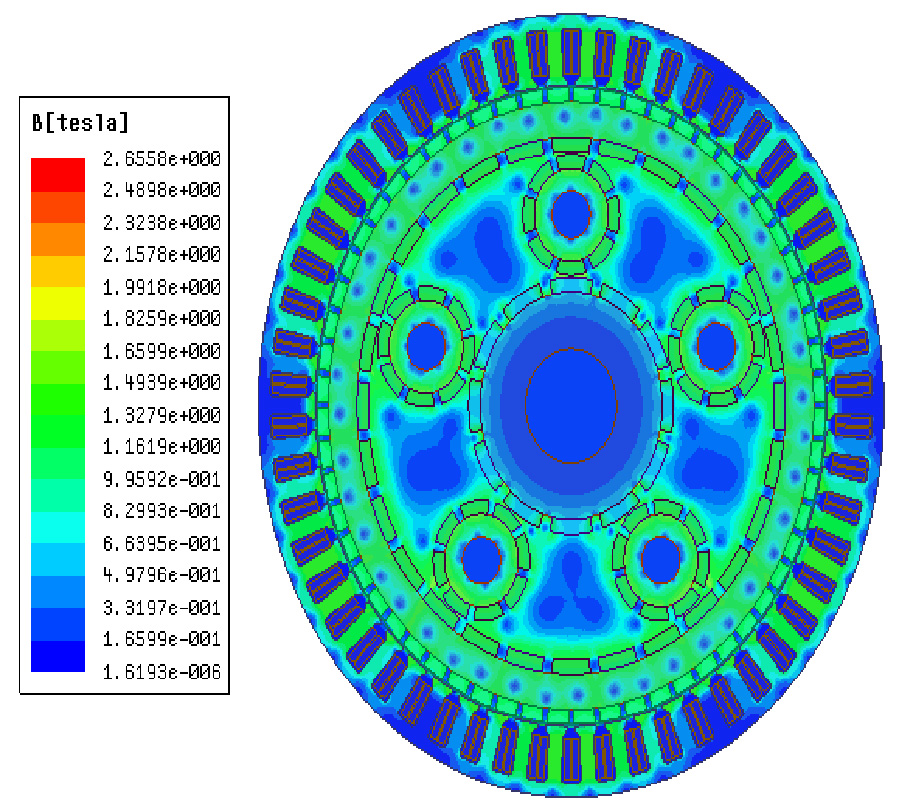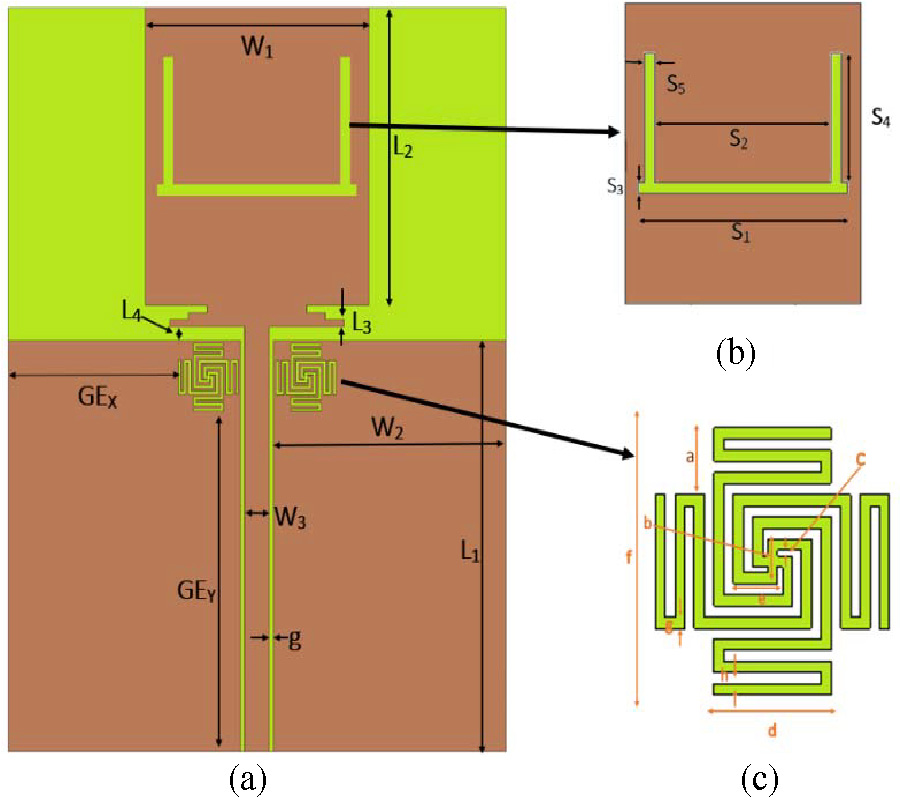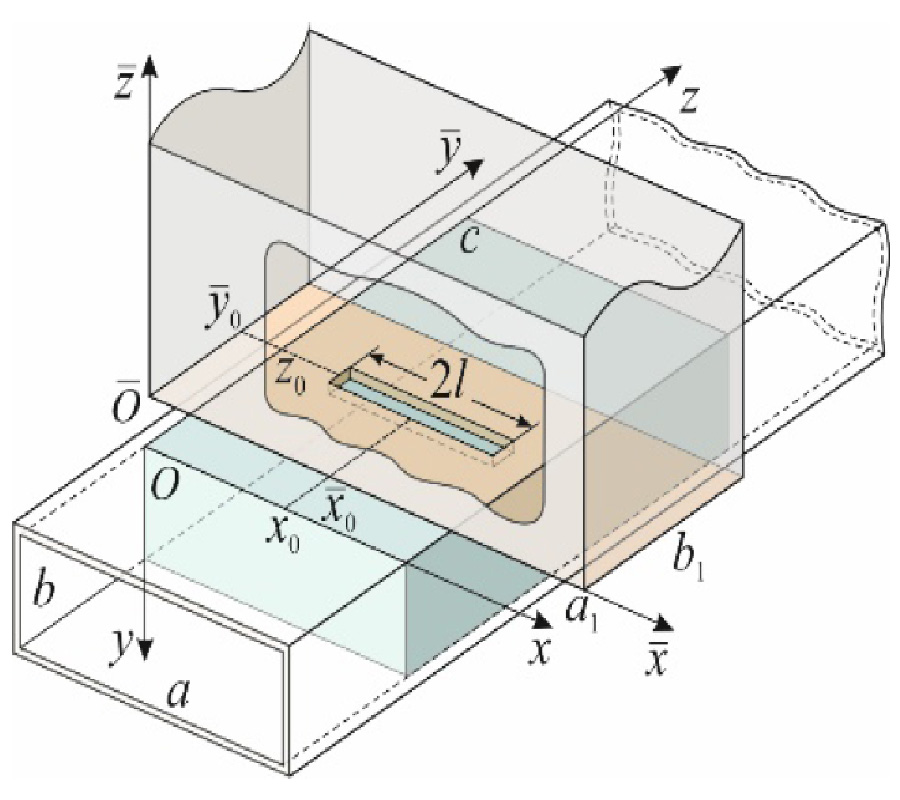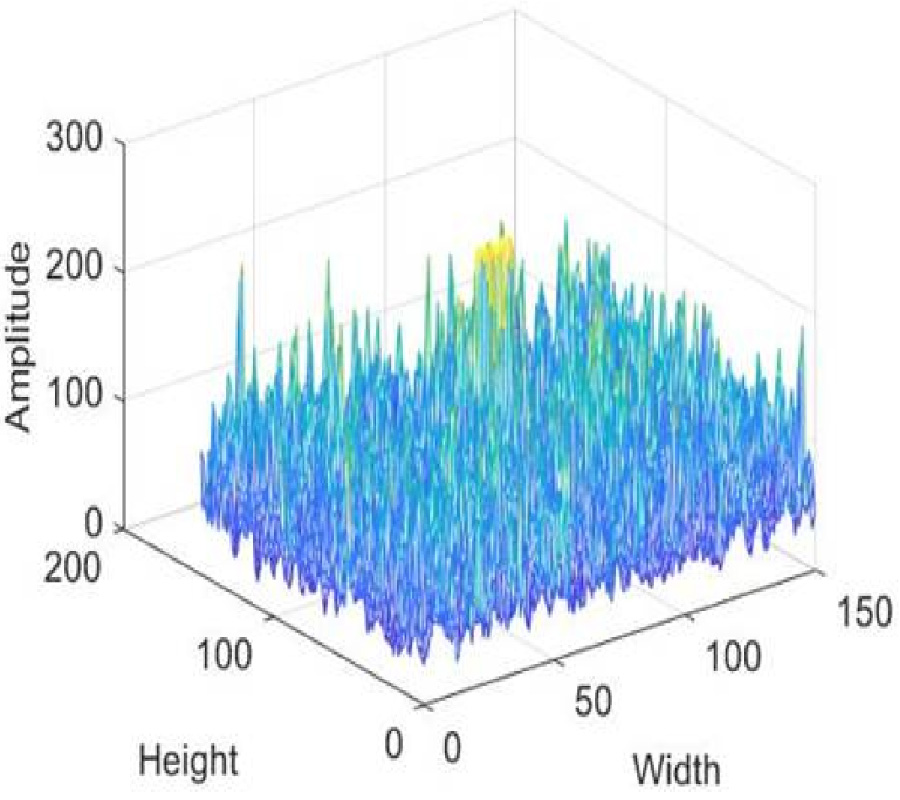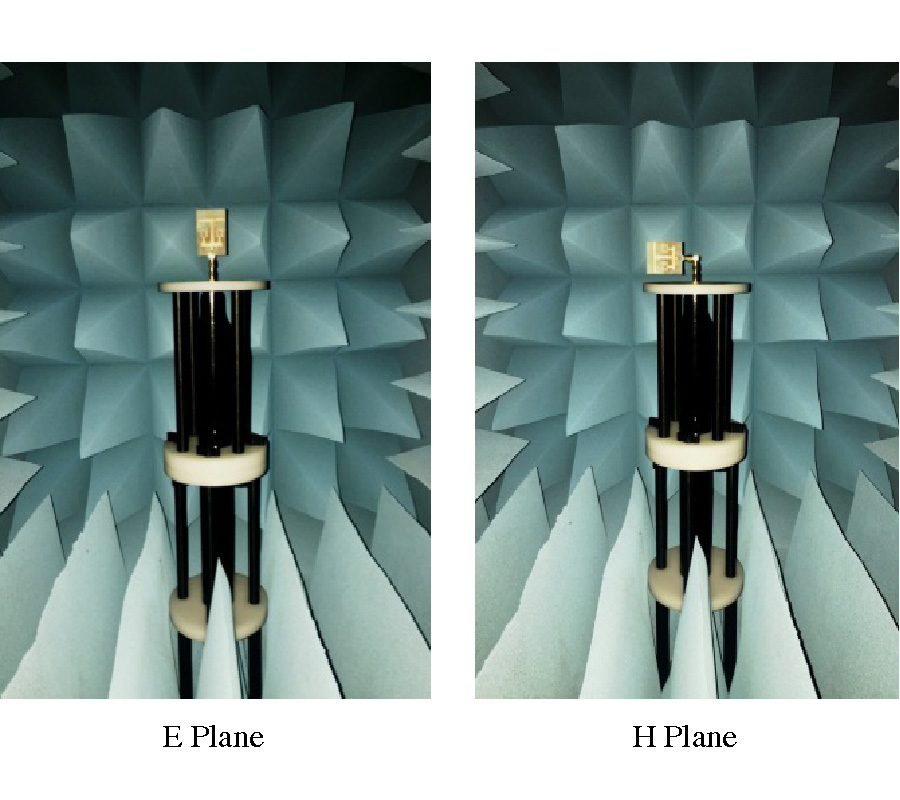2020-06-08 Latest Published
By Leitao Zhou
Shao-Jun Fang
Xiao Jia
Progress In Electromagnetics Research Letters, Vol. 91, 153-161, 2020
Abstract
In the letter, a compact dual-band and dual-polarized antenna integrated into textile for wireless body area network (WBAN) dual-mode applications is proposed. A vertically polarized omnidirectional radiation pattern is generated at 2.45 GHz for on-body mode, while a circularly polarized (CP) broadside radiation pattern resonates at 5.8 GHz for off-body mode. The proposed antenna consists of a compact round rigid substrate and a piece of felt with a full ground. On the upper rigid substrate, a center-fed circular patch with two open annular slots is designed to generate CP radiation. Then four pins are introduced to help the outer ring patch generates an omnidirectional radiation pattern of TM01. The performances of the antenna in free space (FS) and on body (OB) are verified. Besides, the bending characteristics of textile materials are also analyzed. The specific absorption rate (SAR) is simulated, which meets the requirementof the IEEE C95.3 standard. These characteristics make the proposed antenna a good choice for WBAN applications.
